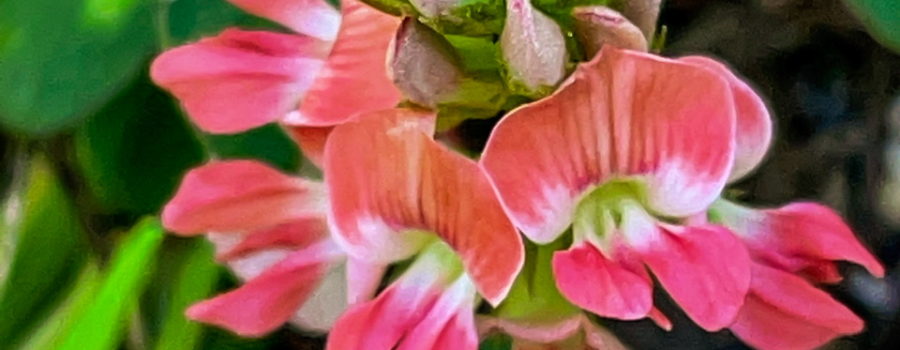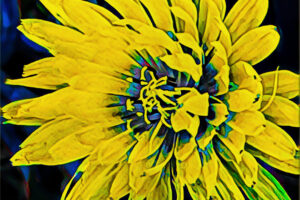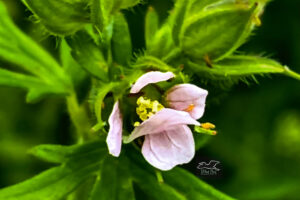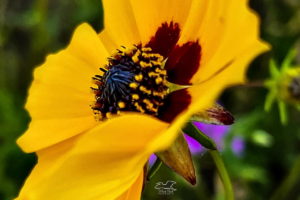Florida Coastal Indigo is a Fascinating Favorite for Many Reasons

I never cease to be amazed by some of the crazy cool stuff that we have living here in Florida, and especially in just this small area where I live! When I first started doing this, I worried about running out of things to write about and take pictures of. Needless to say, I no longest worry about that. Instead it’s more of a problem deciding which interesting thing to discuss next. Tonight is plant night, and plants are one thing I don’t think you can ever run out of in any tropical or subtropical climate. I did have to decide which of three beautiful plants to discuss, but I decided to go with my favorite of the three. It’s my fave for a couple reasons. First, it’s gorgeous. Second it’s tiny, so being able to find and photograph it makes me very happy. And third, it’s a true Florida native with a very limited range, making it somewhat unique.

So after that build up, what is this marvelous plant??? It’s Florida coastal indigo, a perennial, herbaceous vine that is a member of the pea family. We’ve talked about other members of the pea family (peanuts, and Eastern redbuds), so the flower shape May look very familiar to you. Although the vines can get to be 1-2 feet long, they creep along the ground rather than climbing like the summer grapes or Alamo vines. It tends to grow in clumps that can become several feet wide. It likes sandy soils that are well drained and is known to grow in pine flats, along roadsides, in pastures, and in other areas of disturbed soil. It prefers full sunlight, and once established, it is very drought tolerant. It is also very tolerant of nutrient poor soils, so it’s ideal for our sandhills. As you can see, the flowers are very attractive, but when not blooming this plant is easily missed since it stays low to the ground and has small small stems and leaflets. When blooming, however, even though they are small, the brilliant pink flowers are hard to miss.

Even though the flowers are truly striking, the really remarkable thing about Florida coastal indigo is it’s distribution. Even though it’s called Florida coastal indigo, it has a very limited range, even in Florida. It can be found in the lower Florida Keys, but not in the northernmost keys. It’s also found in several of the extreme southeastern counties, most notably in Monroe and Miami-Dade Counties. It is absent from most of the rest of Florida except for an area just south of Jacksonville, Alachua County, and our own Levy County. I found the specimen that is featured in these photos along one of our lime rock roads near where I live. It does also occur outside of Florida along the gulf coast of Alabama, Louisiana, and Texas and the range extends into coastal Mexico and along much of the Central American coast as well.

Besides being great to look at and providing ground cover in disturbed areas, Florida coastal indigo has a lot of advantages for quite a few types of Florida wildlife, too. Being a legume, this little plant is edible. For the most part people don’t eat it because it’s so small, but deer, cattle, and goats will graze on it. The plants also play host to several types of caterpillars including those of the grey hairstreak, the common dogface, the ceraunus blue, and Horace’s duskywing. The flowers provide food for some of the pollinators, especially bees and wasps. After the flowers pass the seeds can also be eaten by several types of birds including bobwhite quail, doves, and wild turkeys. So now, I hope you can see why I have put this little plant high up on my list of favorites and wanted to present it tonight. Do you have a plant like this that you just love everything about?





Recent Comments